Electrically spun cloth with nanometer-sized fibers can dissolve to release drugs, providing a platform for cheap, discrete and reversible protection.
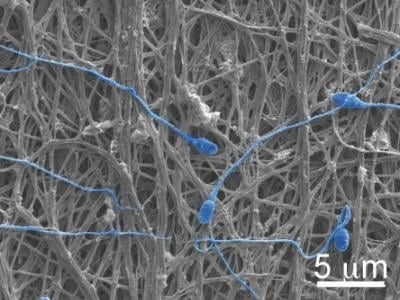


Electrically spun cloth with nanometer-sized fibers can dissolve to release drugs, providing a platform for cheap, discrete and reversible protection.
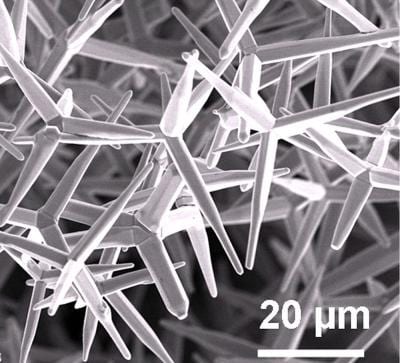
New work from researchers in Germany shows how light-emitting nanocrystals can reveal damage to material.
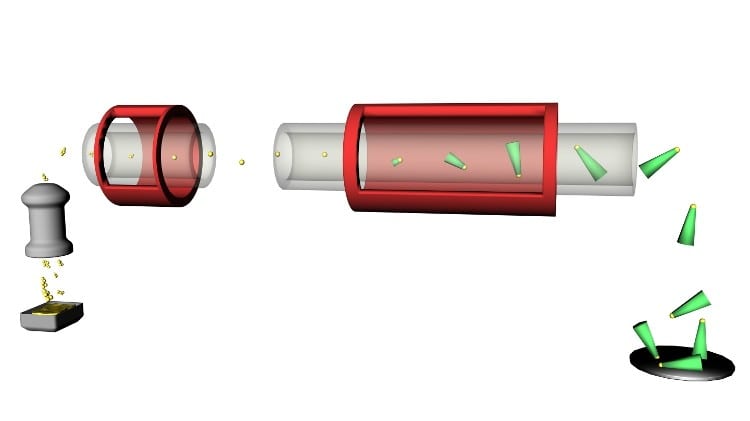
A new method of manufacturing the smallest structures in electronics could make their manufacture many times quicker, allowing for cheaper semiconductors.
Money to develop Pixelligent’s high-quality nanocrystal additives for automotive lubricant oils.
Carbon Management Canada, a national research network specializing in the development of carbon management technology, announces eight new projects.
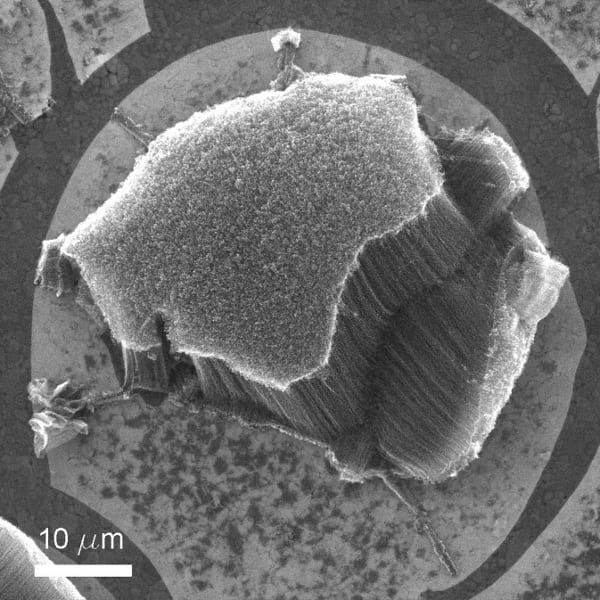
Rice University’s James Tour Group creates single-surface material for energy storage, electronics.
Carl Zeiss strengthens its position as a solutions provider in the automotive industry and acquires HGV Vosseler GmbH & Co. KG
Michael Fichtner is the new Head of Sales in the Lasers business unit of the Jenoptik’s Lasers & Material Processing division.

Noise level in passenger compartment of Mi 8 lowered from 85 to 80 decibels through use of melamine foam.
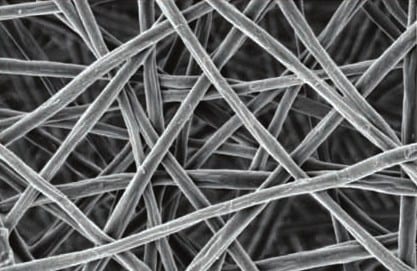
The Helmholtz-University Young Investigators Group has developed a membrane that can be used for filtering small organisms or viruses from water.